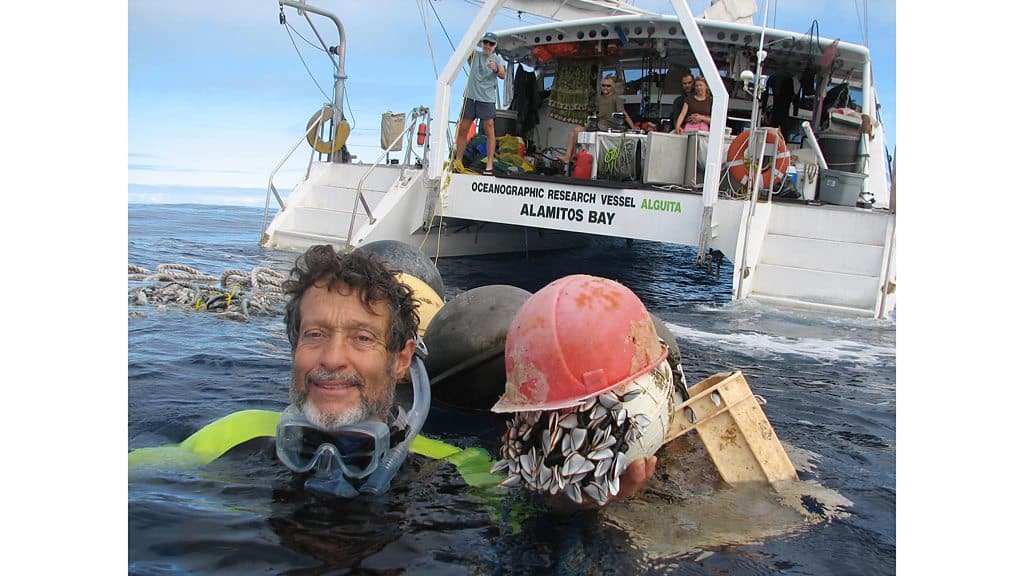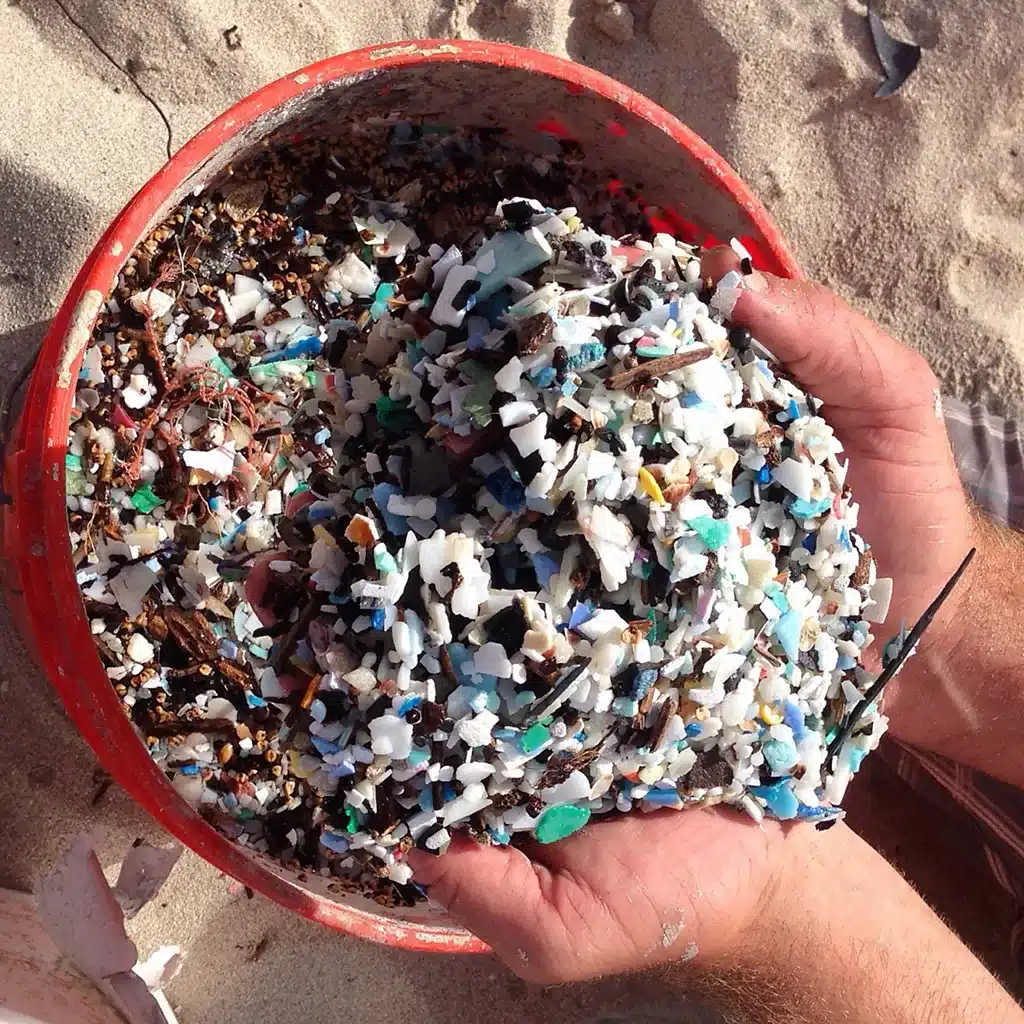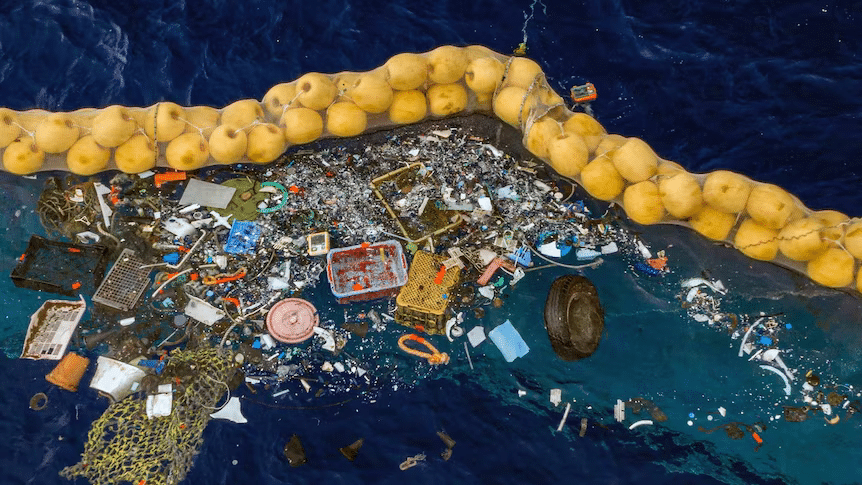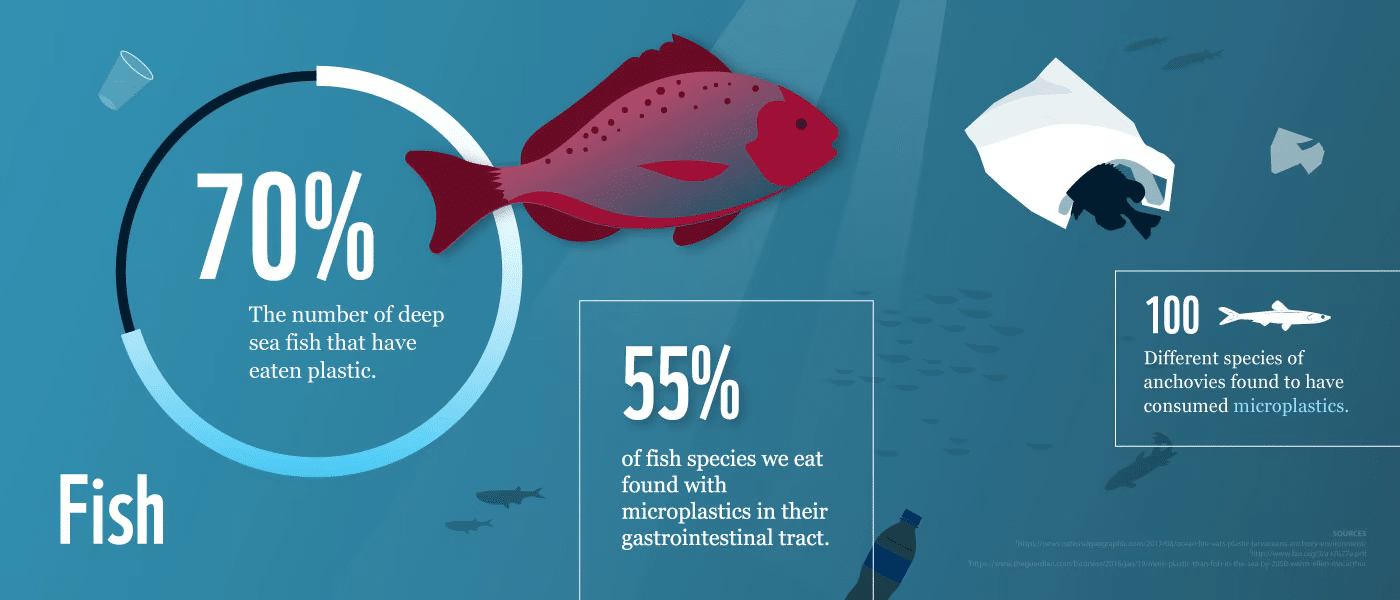The Discovery of the Great Pacific Garbage Patch
In 1997, Captain Charles Moore stumbled upon a disturbing sight while sailing from Hawaii to California: a continuous stream of plastics in the ocean. This encounter led him to discover the Great Pacific Garbage Patch (GPGP), located over a thousand miles from land in the central North Pacific Ocean. Initially perplexed, Moore spent two years researching before returning to find a significant amount of plastic, far exceeding the amount of plankton.

The Nature of Garbage Patches
Moore’s discovery revealed the largest of five global garbage patches formed by swirling ocean currents known as gyres. Contrary to popular belief, the GPGP isn’t a solid mass but a vast, murky soup of plastics of varying sizes, making it challenging to visualize or capture accurately in photographs. Misconceptions about its appearance persist, often fueled by inaccurate media portrayals.
The Scale and Growth of the GPGP
A 2018 study estimated at least 79,000 tonnes of plastic float within the GPGP, covering an area of 1.6 million sq km, which is twice the size of Texas. These plastics range from large debris to microplastics, which account for 94% of the estimated 1.8 trillion pieces in the area.

The Impact of Misconceptions
Misunderstandings about the GPGP can diminish the perceived urgency to address the issue. Professor Walter Leal emphasizes that awareness is crucial for motivating public engagement and solutions. Left unaddressed, garbage patches continue to grow, exacerbating environmental hazards for marine life and coastal regions.
Efforts to Address the Problem
Various initiatives aim to tackle oceanic plastic pollution. The Ocean Cleanup, founded by Boyan Slat, has developed innovative technology to remove plastics from the GPGP. Despite questions about the feasibility and environmental impact of such methods, Slat’s organization aims to remove 90% of the patch’s plastic by 2040.

The Path Forward
Reducing plastic production is essential to preventing further growth of garbage patches. An international plastics treaty, set to be negotiated in 2024, aims to create a legally binding agreement among 175 nations to curb plastic pollution. Captain Moore advocates for a significant reduction in plastic production as a long-term solution.
Health Risks from Plastic Contamination
The pervasive presence of plastics in the ocean poses significant health risks to humans, particularly through seafood consumption. Microplastics ingested by marine life can accumulate in the food chain, leading to human exposure. These tiny plastic particles can harbor harmful chemicals and pollutants, which can cause adverse health effects, including endocrine disruption, reproductive issues, and even cancer.

Broader Food Safety Concerns
Beyond seafood, plastic contamination extends to other food sources through agricultural practices and packaging materials. Plastics in the soil and water can be absorbed by crops, while plastic food containers can leach chemicals into food products. This widespread contamination highlights the urgent need for comprehensive measures to address plastic pollution, ensuring the safety and health of the global food supply.

